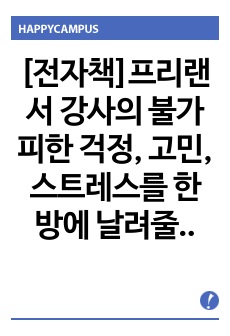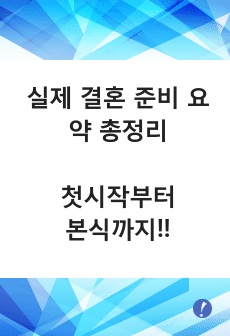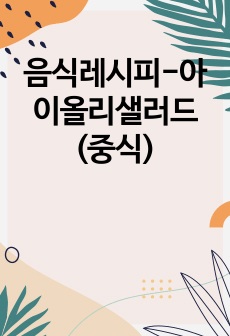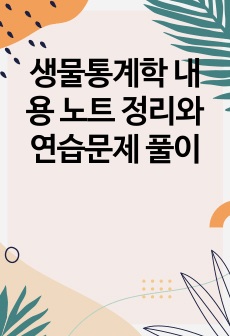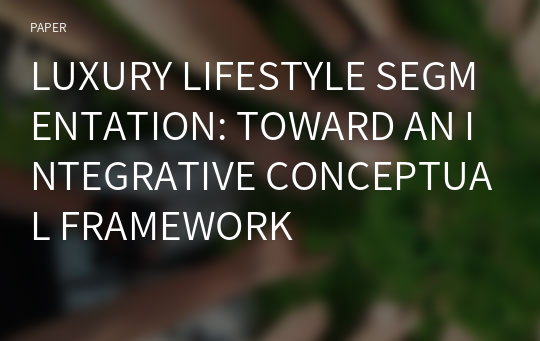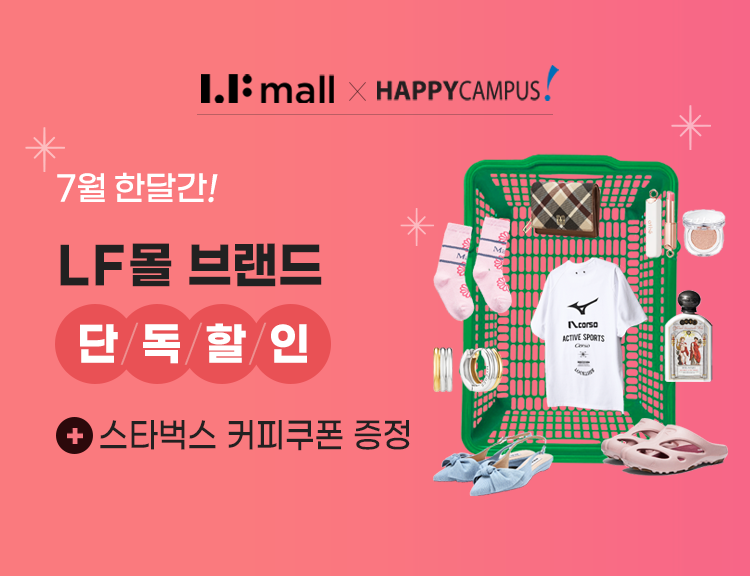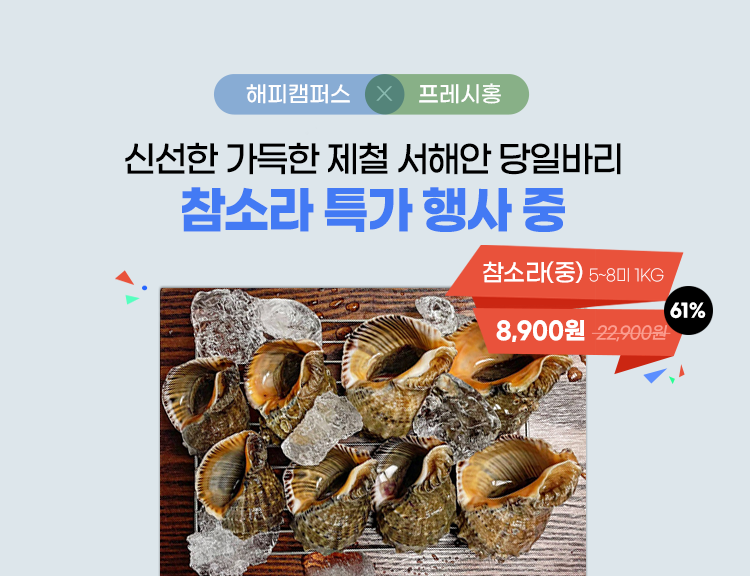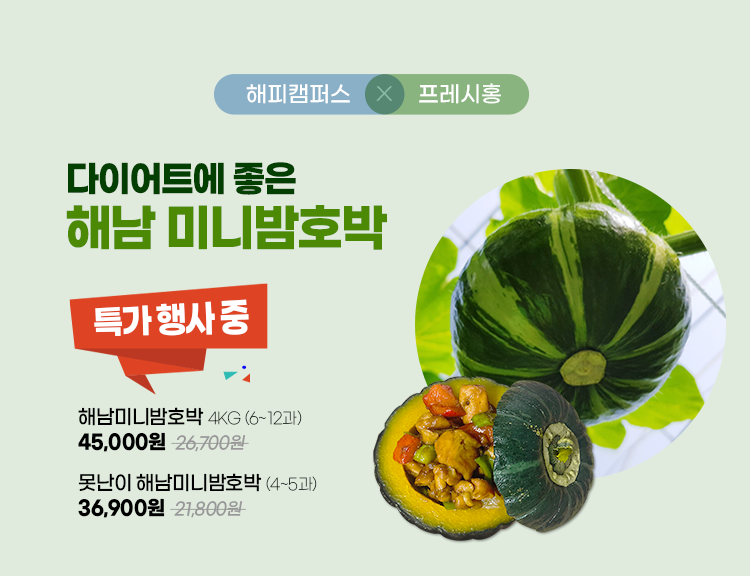LUXURY LIFESTYLE SEGMENTATION: TOWARD AN INTEGRATIVE CONCEPTUAL FRAMEWORK
* 본 문서는 배포용으로 복사 및 편집이 불가합니다.
서지정보
ㆍ발행기관 : 글로벌지식마케팅경영학회(GFMC)
ㆍ수록지정보 : GFMC Session1
ㆍ저자명 : Do Yuon Kim, Hye-Young Kim
ㆍ저자명 : Do Yuon Kim, Hye-Young Kim
영어 초록
Introduction For the past decade, luxury brands have become increasingly interested in portraying themselves as purveyors and curators of a “luxury lifestyle” (Dauriz & Tochtermann, 2013). Some of the world‟s largest fashion brands, for instance, have expanded their offerings to include lifestyle products and services such as housewares, furniture, fine dining, hotels, and private residences (e.g., Ralph Lauren, Giorgio Armani, Bottega Veneta, Hermès) (Mellery-Pratt, 2014). Given that “lifestyle” is now one of the major buzzwords in luxury marketing (Dauriz & Tochtermann, 2013), it is useful to attempt to provide a solid theoretical perspective on this topic. The objective of this paper is to deepen our understanding of “luxury lifestyle” in a contemporary context. To do so, we first examine the existing definitions of lifestyle as a marketing concept. Next, we link the concept of lifestyle to customer segmentation and provide an integrative conceptual framework on lifestyle segments within luxury marketing. Finally, we highlight key insights and important lessons concerning luxury lifestyle segmentation for both theoretical and practical applications. Literature Review Multiple definitions of lifestyle exist in the literature. In this paper, we focus on the major accepted definitions. The concept of lifestyle was first introduced by Lazer (1964) in marketing research. According to his pioneering work, lifestyle is a distinctive mode of living, embodying the aggregative patterns that develop and emerge from the dynamics of living in a society. Building on this notion, Plummer (1974) specifically conceptualized lifestyle as a unique behavioral style of living that includes a wide range of activities (A), interests (I), and opinions (O). His AIO framework served as an important building block in the development of lifestyle scales as shown in Table 1. Table 1. A Summary of Lifestyle Scales Since the introduction of Rokeach Value Survey (Rokeach, 1973), the concept of lifestyle has been combined with personal values as exemplified in VALS (Mitchell, 1983). According to Schwartz (1994), values are one‟s desirable, relatively stable goals that serve as guiding principles in life. In other words, values contribute to the formation of a certain lifestyle (Gunter & Furnham, 1992) in that: (a) values are transsituational in nature influencing a wide range of behaviors across many different situations; and (b) individuals prioritize their world views based on their values varying in importance (Seligman et al., 1996). In the context of consumer behaviour, values are commonly regarded as the most deeply rooted, abstract consumer traits explaining how and why consumers behave as they do (Vincent & Selvarani, 2013). In line with this perspective, we thus conclude that luxury lifestyle is a multi-faceted construct focusing on a luxury consumer’s personal values manifested in the consumer’s activities, interests, and opinions. Conceptual Framework We propose a new framework of luxury lifestyle segmentation, including Conspicuous Emulators, “I-Am-Me” Uniqueness Seekers, Self-Driven Achievers, Hedonistic Experientials, and Societally Conscious Moralists, based on the review of related literature (e.g., Mitchell, 1983; Vigneron & Johnson, 2004; He, Zou, & Fin, 2010). The description of each segment and related firm strategies are shown in Table 2. Table 2. Lifestyle Segmentation Framework for Luxury Marketing Discussion and Implications Lifestyle is now the focal point for the marketing activities of most luxury firms (Dauriz & Tochtermann, 2013). In this study, we focused on the concept of lifestyle, one of the most compelling and widely used approaches to luxury market segmentation. Our conceptual framework built on the notion that luxury markets are heterogeneous, consistent with prior research describing the heterogeneity of luxury consumers (e.g., Vigneron & Johnson, 2004; He, Zou, & Fin, 2010). Since the 1960s, lifestyle has been viewed as a key marketing concept and has been the focus of a significant part of the market segmentation literature. The basic concept of lifestyle has not been greatly altered. Many of the fundamental approaches to lifestyle research are still valid today. The essence of the AIO approach outlined by Plummer (1974) is still evident in the work by Ko, Kim, and Kwon (2006) that defines a fashion lifestyle. Other advances in lifestyle research use personal value theories to specify different consumer segments. Despite the underlying stability of the basic concept of lifestyle, recent advances in digital communications and social media platforms and the trend toward globalization are introducing a discontinuous change to the adoption and implementation of segmentation strategies in luxury markets. Information technology has dramatically affected the nature of the communication and distribution options for luxury firms. As exemplified in specific industry examples in Table 2, consumers now interact with luxury firms through myriad touchpoints in multiple channels and media. These changes are altering the concept of luxury lifestyle segmentation. Thus, there is much room for additional research to strengthen the overall conceptualization of luxury lifestyle segmentation. One important topic involves the question of whether specific lifestyle segments prefer specific forms of touchpoints. For example, Hedonistic Experientials may prefer social media platforms whereas, for other segments, traditional vehicles such as print advertising and flagship stores may still remain crucial. Given a sizable and growing number of global luxury brands, another important issue for future research is to investigate whether the five lifestye segments conceptualized in this study can be empirically replicated on a global scale. We conclude that the concept of lifestyle segmentation, once adjusted to reflect the impact of the digital revolution and the globalization of luxury brands, has a great potential to advance both theory and practice in luxury marketing.참고 자료
없음"GFMC Session1"의 다른 논문
 FAST AND SLOW FASHION BRANDS IN DEVELOPING SUSTAINABLE ..6페이지
FAST AND SLOW FASHION BRANDS IN DEVELOPING SUSTAINABLE ..6페이지 “WHAT IF A CELEBRITY AND A BRAND CO-CREATE A NEW COLLEC..7페이지
“WHAT IF A CELEBRITY AND A BRAND CO-CREATE A NEW COLLEC..7페이지 THE INSTAGRAM’S STRATEGY IN ENGAGING THE CUSTOMER’S LOY..3페이지
THE INSTAGRAM’S STRATEGY IN ENGAGING THE CUSTOMER’S LOY..3페이지 THE PARTICULARITIES OF NEW PRODUCT DEVELOPMENT IN THE T..5페이지
THE PARTICULARITIES OF NEW PRODUCT DEVELOPMENT IN THE T..5페이지 THE LONE CHOCOLATE BAR: THE INFLUENCE OF PERCEIVED SCAR..6페이지
THE LONE CHOCOLATE BAR: THE INFLUENCE OF PERCEIVED SCAR..6페이지 ADS AS WORKS OF ART: MEASURING ADVERTISING IMMERSION3페이지
ADS AS WORKS OF ART: MEASURING ADVERTISING IMMERSION3페이지 ECONOMIES OF SMALL: NICHE STRATEGIES AND SUCCESS FACTOR..8페이지
ECONOMIES OF SMALL: NICHE STRATEGIES AND SUCCESS FACTOR..8페이지 THE INFLUENCE OF ONLINE CUSTOMER REVIEWS ON RETAILERS' ..6페이지
THE INFLUENCE OF ONLINE CUSTOMER REVIEWS ON RETAILERS' ..6페이지 IS THE ARTIFICATION PROCESS PERCEIVED BY FINAL CONSUMER..6페이지
IS THE ARTIFICATION PROCESS PERCEIVED BY FINAL CONSUMER..6페이지 THE ODD EVEN PRICE PARADOX IN THE FASHION LUXURY SECTOR6페이지
THE ODD EVEN PRICE PARADOX IN THE FASHION LUXURY SECTOR6페이지










